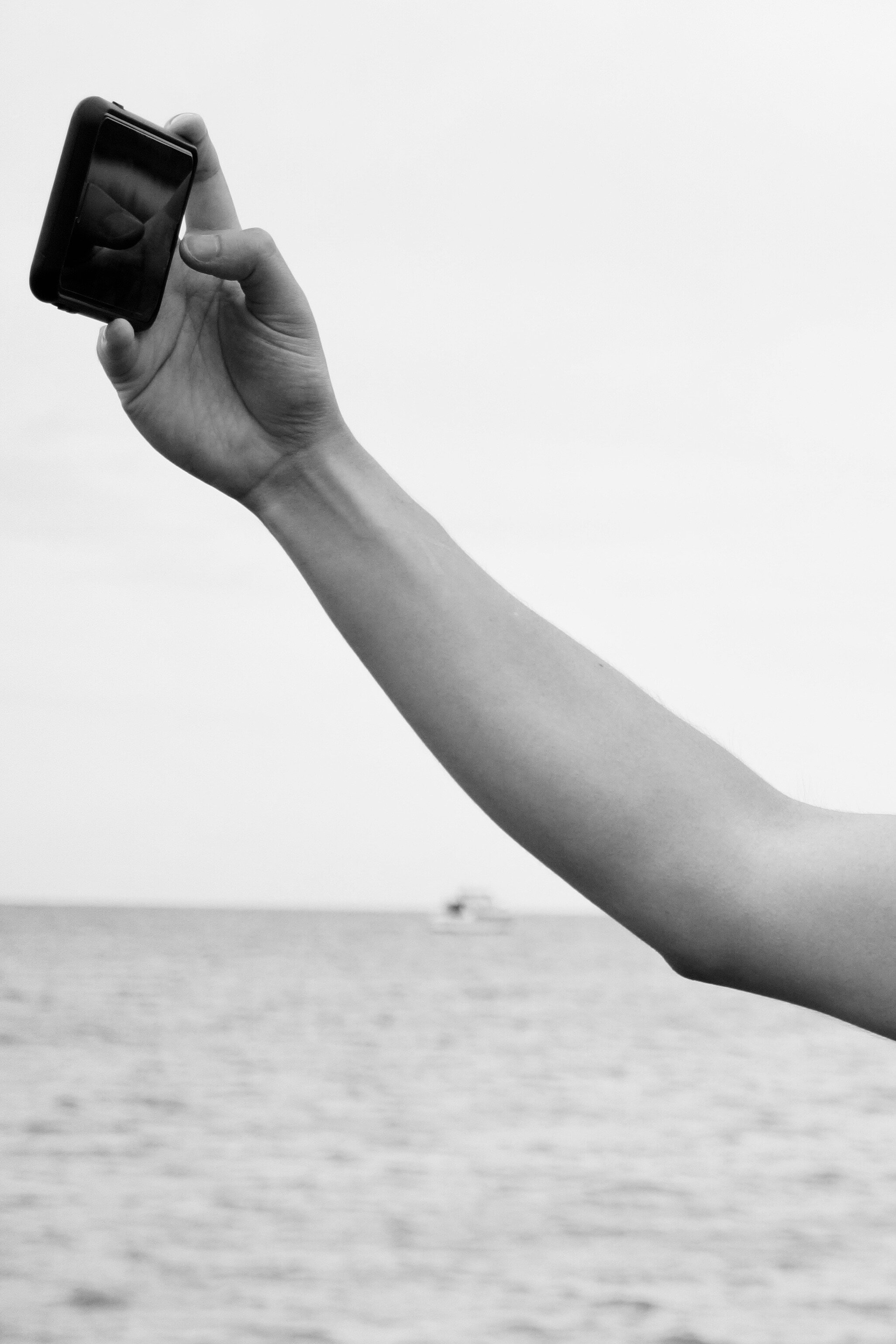To set my research in context, I will review psychological studies over the past decade measuring the impact of social media use on consumer well-being, alongside a timeline of Facebook, Inc.’s business developments as it relates to advertising growth and changes in the user experience. I focus specifically on Facebook and Instagram, both owned by Facebook, Inc., as the most widely used social networking sites which account for the largest share of social media advertising revenue in the United States (Statista, 2019 & 2020).
My research, a survey design, samples social media users who predominantly use Instagram. The survey was designed to answer the following questions:
Awareness of Instagram as a Marketing Channel
Do Instagram users with Professional Accounts demonstrate higher levels of awareness of Instagram as a marketing channel compared to users with Personal Profiles?
Influences on Passive vs. Active Engagement
Are Instagram users with Personal Profiles more passively engaged compared to users with Professional Accounts?
What is the relationship between a user’s reasons for using Instagram and their level of engagement on the platform?
Impacts on Well-Being
Does having an awareness of Instagram as a marketing channel help to mitigate the potential negative impacts on well-being?
Is the impact of Instagram usage on well-being different for people who make themselves or their social lives the focus of their account and activity, in contrast to people who make their work or hobbies the focus of their account and activity?
If there is a difference in the impact of Instagram usage on well-being for users with Professional Accounts in contrast to users with Personal Profiles, what can we learn from the research to positively impact those using the platform?
Photo by Kiki Van Son
Hypothesis
My hypothesis is that having an intent while using social media results in active engagement on the platform, and more positive influences on well-being as a result of one’s time being spent deliberately. Therefore, I hypothesize that marketers or consumers who exhibit a similar level of awareness of social media as a marketing channel, such as consumers with a professional account rather than a personal profile, are the more likely to have positive associations with social media. People who use Instagram for professional purposes configure their accounts and go about their activity similarly to the way a social media advertiser would—with clear reasons for being on the platform, consistent activity, and measurement tactics to determine if their activities are working for them.
Alternatively, people who use Instagram strictly for checking in with friends are more likely to spend time on the platform passively engaged. Without clearly defined reasons for being on the platform, they are more likely to get lost in the easy, scrolling motions of social content feeds, killing time skimming through the lives of other people instead of doing things that matter to them. Additionally, they are more likely to experience FoMO (Fear of Missing Out) or poor self-esteem as a result of comparing their lives to others, leading to negative feelings associated with the platform and negative impacts on well-being, such as anxiety or depression.
In the following chapter, I will however consider the distinct differences between social media and traditional marketing channels of the past and caution, as the research suggests, that all users, including those who perceive social media platforms as marketing channels and use the platforms mindfully, are subject to some degree of worsened well-being as a result of using social media.

